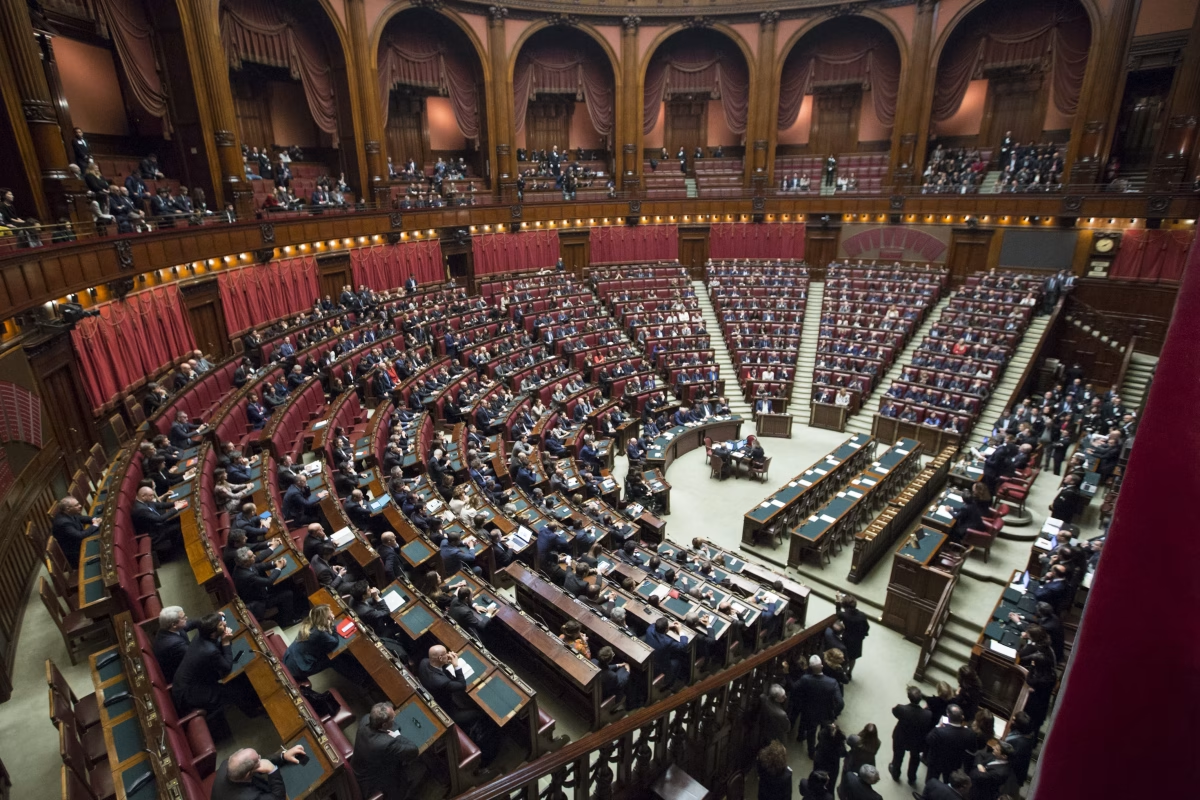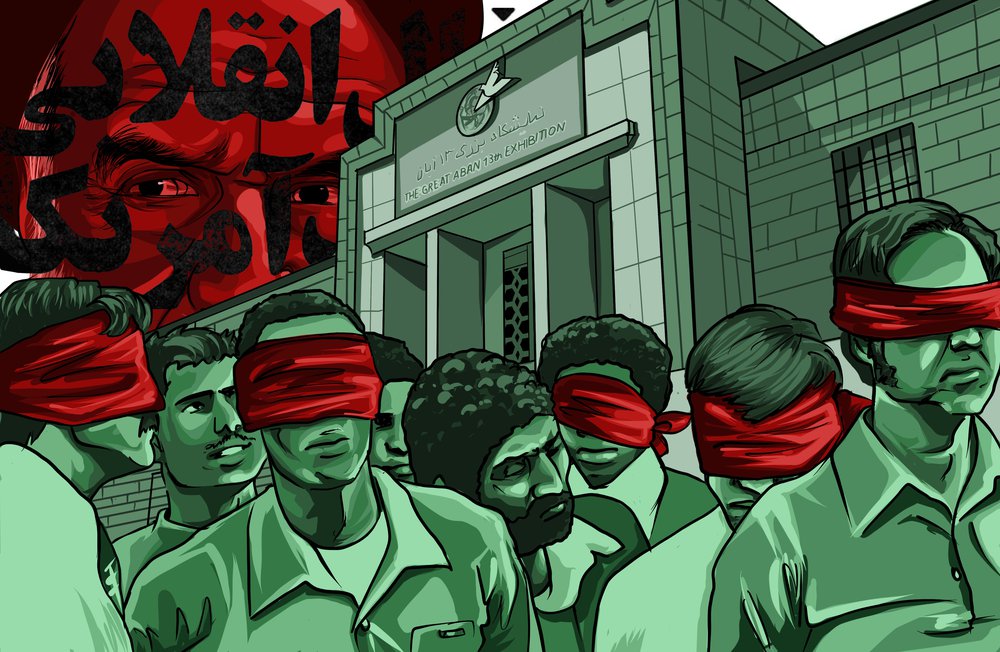No matter how far you run, the past can never be forgotten. In Patrick Chamoiseau’s impactful post-colonial text, “Slave Old Man,” an unnamed, enslaved old man’s passionate pursuit of freedom fictionally unfolds through a third-person omniscient narrator. The application of this literary device on pages 104-107 exposes the inner thoughts of the Master, his mastiff, and the old man as they navigate through the woods, undergoing emotional changes and realizing the negative impact the institution of slavery has on their livelihoods. The mastiff loses its raw physical power to gain a new emotional strength, the Master consequently becomes vulnerable and loses his dominance, and the old man regains his humanity after enslavement stripped off his identity. Through the perspective of a third-person omniscient narrator on pages 104-107, Patrick Chamoiseau’s “Slave Old Man” tells the story of how the institution of slavery does not benefit the oppressed nor the oppressor.
Firstly, as a cruel slave owner, reliant on his mastiff’s physical power, the Master emotionally breaks down. Despite attempting to reassure himself about the mastiff’s commitment to carry out murderous actions, “the Master was afraid,” of the, “silence,” that, “would swallow him up,” (105). Although the mastiff is physically present in the woods, it is not by his side. Because they have a tight bond, the Master’s identity has become an extension of the mastiff’s ruthless nature, collectively terrorizing the innocent enslaved. Without the mastiff by his side, the Master loses a part of his identity. On the plantation, the mastiff symbolized the source of fear amongst the enslaved, enforcing the Master’s dominance. Now, alone and vulnerable in the woods, the Master is afraid of his lost physical power, highlighting, “No one could see him, his rank and manners were tumbling from the highest sky, and his tears flowed freely,” (105). The Master is confronted with the reality of the negative effect slave ownership has had on him, so he cries, “over the triumphant failure that had been his life,” (105-106). The Master, who once wielded power and authority through the mastiff, is now exposed. The absence of the mastiff not only highlights the Master’s personal insecurities but also underscores the inherent instability of a system built on fear and oppression. Upon returning to the plantation, the Master has lost his authoritative personality. As a result, there will be a transformative shift from the fearful atmosphere to one more subdued, as the once-oppressive influence of the mastiff, a source of fear and abuse, is no longer present to instill fear amongst the enslaved for generations to come.
Also, the mastiff’s power transformed from one that was physically abusive into a new emotional, pet-like personality. Arriving on the plantation as, “the dog,” (103) it soon became, “a Beast-of-war. And slaughter” (105). In its targeted pursuit of the old man, the mastiff’s, “old ferocity, its taste for war and perils, had reached a virulent pitch,” (104). However, as it got closer to the old man’s body, its evil demeanor transformed, and, “Nothing of its ferocity was now in play. It advanced toward this mystery like a shepherd’s dog,” (104). Having been a monster that instilled fear on the plantation and developed a tight bond with the master, the mastiff returns to having pet-like tendencies, reminiscent in, “a shepherd’s dog,” (104). Such dogs are trained to approach situations carefully and attentively, in contrast to the reckless aggression displayed by the mastiff. This obvious shift in demeanor portrays the mastiff’s discerning affection toward the old man. This change reveals that the mastiff has lost its physical, raw power and gained a new emotional power that humanizes the old man. This transformation is indicative of the negative impact of the institution of slavery not only on human characters like the master but also non-human like the mastiff.
Finally, the old man lost his identity while enslaved on the plantation only to rediscover remnants of it on his journey to freedom. As an enslaved person, the old man loses his humanity working on the plantation. He is treated like a machine, rather than an emotional human with flesh. Toward the end of his life, the old man recollects not only memories of his past, but also his human body where he, “is a man,” (106) “breathing… forearms… knees… gentled heart…” (106) which were previously neglected as a result of the dehumanizing labor he endured on the plantation. While on the plantation, the Master often referred to all the enslaved as, “négres”(105), viewing them as machines of labor, and not paying attention to their names and personal identities. In this passage, the old man recognizes that he has been a victim to enslavement for so long that he wants to, “offer myself [himself] a name. Assign myself [himself] a name as the hour of baptisms ordered by the Master” (106) but fails to remember it when he, “find(s) nothing,” (106). The old man’s internal struggle with multiple names represents the erasure of his personal identity as a result of the dehumanizing effects of slavery. By seeking a name ordered by the Master, the old man metaphorically reclaims his identity in an effort to assert his humanity and individuality which was once neglected.
Between pages 104-107, Chamoiseau’s third-person omniscient narration weaves together emotional struggles and transformations of the Master, the mastiff, and the old man, highlighting the enduring consequences of slavery on all three characters. Despite standing in different levels of social hierarchy, each character, both human and non-human, is negatively affected by the institution of slavery. “Slave Old Man” keeps the oppressing history of slavery relevant, so regardless of society’s attempts to run from the truth, its story will always remain an important part of Western development.
Works Cited
Chamoiseau, Patrick. Slave Old Man. The New Press, 2018.
Photo by Thilak Mohan on Unspash
















